Video MGMT System
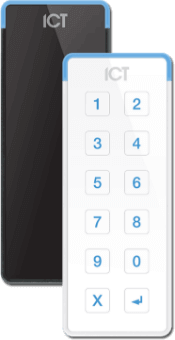 Access Control
Access Control
Voice & Data Wiring
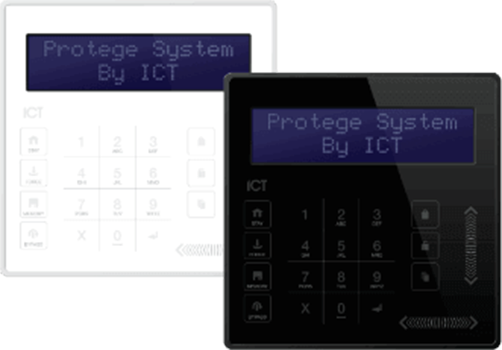 Burglar Alarm
Burglar Alarm
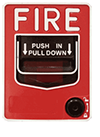 Fire Alarm
Fire Alarm
Video MGMT System
Voice & Data Wiring
While physical keys are the traditional method for site security, they're difficult to manage and can't be deactivated when lost or stolen. Nor can they log access data to create audit trails.
On the other hand, access control systems empower system operators with automated entry oversight, automated data logging, and instant remote control over access privileges.
Access control systems require the presence of a credential, such as a key card or fingerprint, at a door reader. The reader then authenticates the credential and, in most cases, transmits the credential data to an access control panel. The control panel is the brain of most access systems.
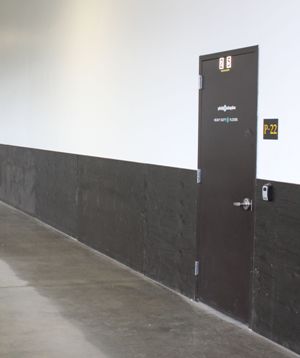
Suppose the control panel (or the local reader itself) finds a match between a presented credential and entry authorizations. In that case, it will transmit an electronic signal to unlock the door for passage.
Access control systems provide administrators with multiple methods for assigning privileges to credentials.
The Discretionary Access Control (DAC) model lets administrators give trusted individuals the power to add, adjust, and revoke access permissions as needed. This approach often works best for small workplaces that don't have many doors and credentials to manage.

Mandatory systems grant or deny entry based on predefined rules that have been determined by a central authority.
Role-Based Access Control (RBAC) models assign privileges based on the job functions of each user. In an RBAC system, users are first assigned roles, and then access is granted based on the permissions associated with those roles.
Attribute-Based Access Control (ABAC) approaches assign access based on the attributes or characteristics of the resource, environment, or user in question. Attributes may include factors like job title, clearance level, and time of day.
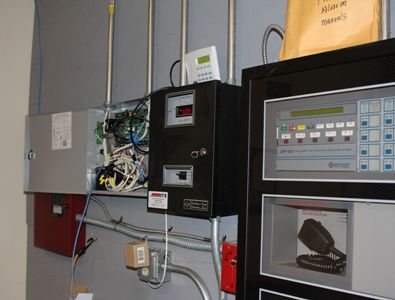
The ideal access control software for your property depends on your needs. Cloud-based and web-based software are most suitable for small organizations with basic requirements, while server-based software is suitable for large organizations with complex needs.
Cloud-based access control software is hosted and managed in the cloud. This means that the software doesn't require on-site servers.
Similarly, web-based software programs don't require on-site servers. They can be accessed through a web browser or mobile app from anywhere with an Internet connection.
Server-based software is the best option for large organizations that need advanced features and options for customization.
The downside to server-based systems is that they require on-site servers and are only accessible from within their local network.
Key cards are similar to credit cards in form, but they transmit unique RFID (Radio-Frequency Identification) codes to door readers for access to physical locations.
Key cards enable remote permission adjustments as circumstances change, and they're easy to deactivate and replace when lost or stolen.
Because key fobs use RFID technology, they work on the same readers as key cards. The advantage of fobs over cards is that fobs are more difficult to lose and can be attached to traditional key chains.
Like cards and fobs, time-clock badges transmit RFID signals, which allows them to function with most access control readers.
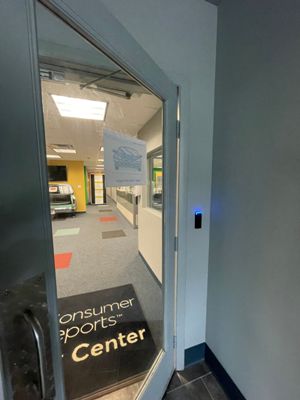
The greatest benefit of using time-clock badges as access credentials is that they provide administrators with an all-in-one solution to manage payroll data, log staff movements, and ensure site security.
Businesses and organizations with fewer than 30 time-clock badges can avoid purchasing new credentials by individually migrating their existing time-clock badge data to their new access readers.
On the other hand, most large organizations have too many badges to migrate in a reasonable amount of time. In such cases, we recommend access control by ICT (Integrated Control Technology).
All ICT access control systems are compatible with time-clock badges. Plus, they can be configured to provide proactive notifications for specified incident categories (such as absences, late arrivals, excessive time spent in the wrong work areas, and other troublesome patterns).
Mobile credentials grant access to physical locations using Bluetooth signals that are transmitted by a user's personal smartphone. Bluetooth mobile credentials provide a high level of security because they cannot be duplicated.
PIN codes are a common knowledge-based credential. Users enter a unique PIN or password into a keypad for access.
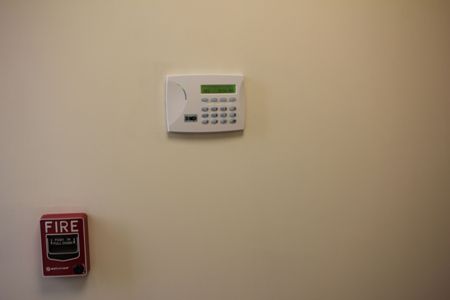
Because PINs and passcodes are often copied to notebooks and electronic devices, administrators are advised to require two-step verification when using these credentials. The good news is that most keypads support two-step verification by featuring tiny internal antennas for RFID signal communication.
Biometric credential systems use a person's physical characteristics for identification. Biometric access control is highly secure and extremely difficult to hack or bypass. Plus, biometric credentials—fingers, eyes, and faces—are the credentials most difficult to lose.
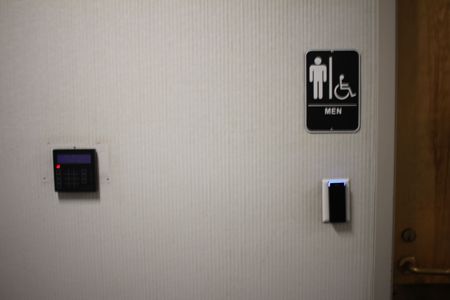
Before allowing access, all access control systems require the presentation of at least one type of credential at a door reader. The credential used determines the type of reader that should be installed at the door.
Card readers, also known as RFID door readers, are the most commonly used type of access control reader. Proximity cards, key cards, fobs, and most time-clock badges communicate with card readers by transmitting RFID signals.
Bluetooth readers are increasingly popular because Bluetooth signals are impossible to clone.
What's more, Bluetooth-based systems don't require administrators to give out physical credentials. Instead, the user's personal smartphone becomes their credential. While biometric credentials are the most difficult to lose, if a smartphone is lost, it's the user's responsibility to get a replacement.
Keypad readers require users to enter a code or PIN before they grant access. For this reason, they contain physical or touchscreen buttons.
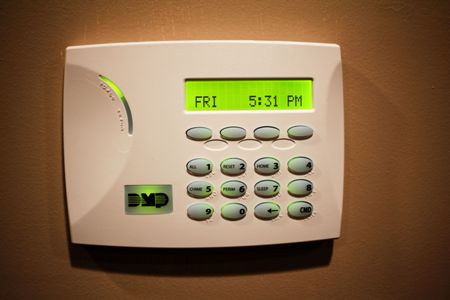
Keypads are excellent for site security when combined with other credentials for two-step verification.
Biometric readers use a person's physical characteristics, such as facial features, eyes, and fingerprints, for identification.
While their credentials cost employers nothing and are extraordinarily difficult to lose, biometric readers are nevertheless the most expensive option for access control. A second drawback to biometric systems is that they can be affected by external factors, such as lighting conditions.
The absolute best security systems integrate access control technology with other security systems, such as those for fire and intrusion detection, surveillance cameras, and video management.
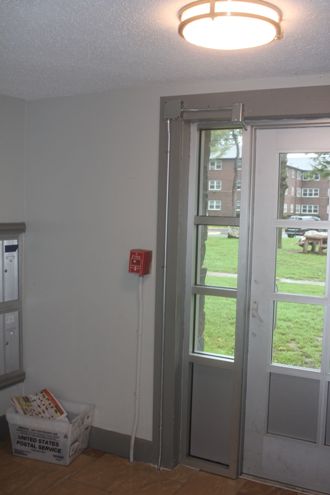
Integrated security systems provide layered security and fewer false alarms by sharing data between devices.
Our team at Mammoth Security partners with the world's most esteemed access control manufacturers. We install their systems to give our customers access to solutions that are reliable and tailored to their needs.
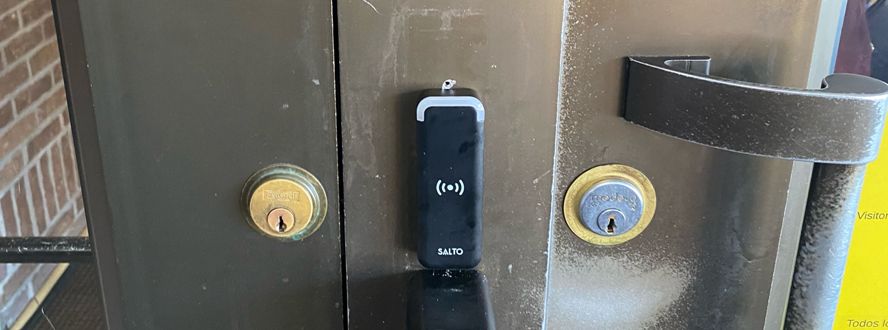
The following list of our access control partners includes one or two highlights about each and a link to their brand page on our website.

Implementing access control involves the following steps:
Bring in a security expert to identify the right security posture for each entry and exit point, the best types of credentials for your security and workflow needs, and other important details about your site that will affect your system's design.
After the assessment, a plan outlining your potential access system's requirements, including hardware and software components, should be created.
Once a plan has been presented and accepted, access control hardware components are installed. These components usually include door locks, door readers, low-voltage cabling, and an access control panel.
The next step is to configure your system software. Your installer should help you to program access control policies, establish credential management methods, and create alert and notification rules.
Professional installers must test all hardware and software components to make sure they'll dependably enforce your site's access control policies.
New access control systems require on-site staff training for credential management, log auditing, system navigation, and the use of specialized features.
The friendly experts at Mammoth Security provide complimentary training for staff after installations. This training can usually be covered in one or two hours because most of the access control systems we install have intuitively designed interfaces.
After hardware and software components have been installed and tested, and access control administrators have been trained, new users can be enrolled in the system's database and assigned credentials.
In conclusion, access control systems are an essential component of modern security, offering a wide range of options to fit the needs of various organizations. From Discretionary Access Control for small businesses to Attribute-Based Access Control for complex security requirements, access control systems provide a flexible and efficient way to manage access privileges. Additionally, different types of credentials and readers, such as key cards, biometrics, and mobile credentials, allow for tailored security solutions that suit each organization's unique needs.
Integration with other security systems, such as fire and intrusion detection, video management, and surveillance monitoring, further enhances the overall security posture. At Mammoth Security, we partner with leading access control manufacturers like Honeywell, ICT, Avigilon, Brivo, PDQ, Salto, and DMP to offer reliable, customized solutions for your organization.
If you are considering implementing access control at your facility or upgrading your current system, contact Mammoth Security today. Our team of experts will guide you through the entire process, from assessment and planning to installation, testing, and staff training. Take the first step toward a more secure and efficient future by contacting Mammoth Security and discovering the access control solutions that best fit your needs.
NOT COMPLETELY SURE?
860-748-4292